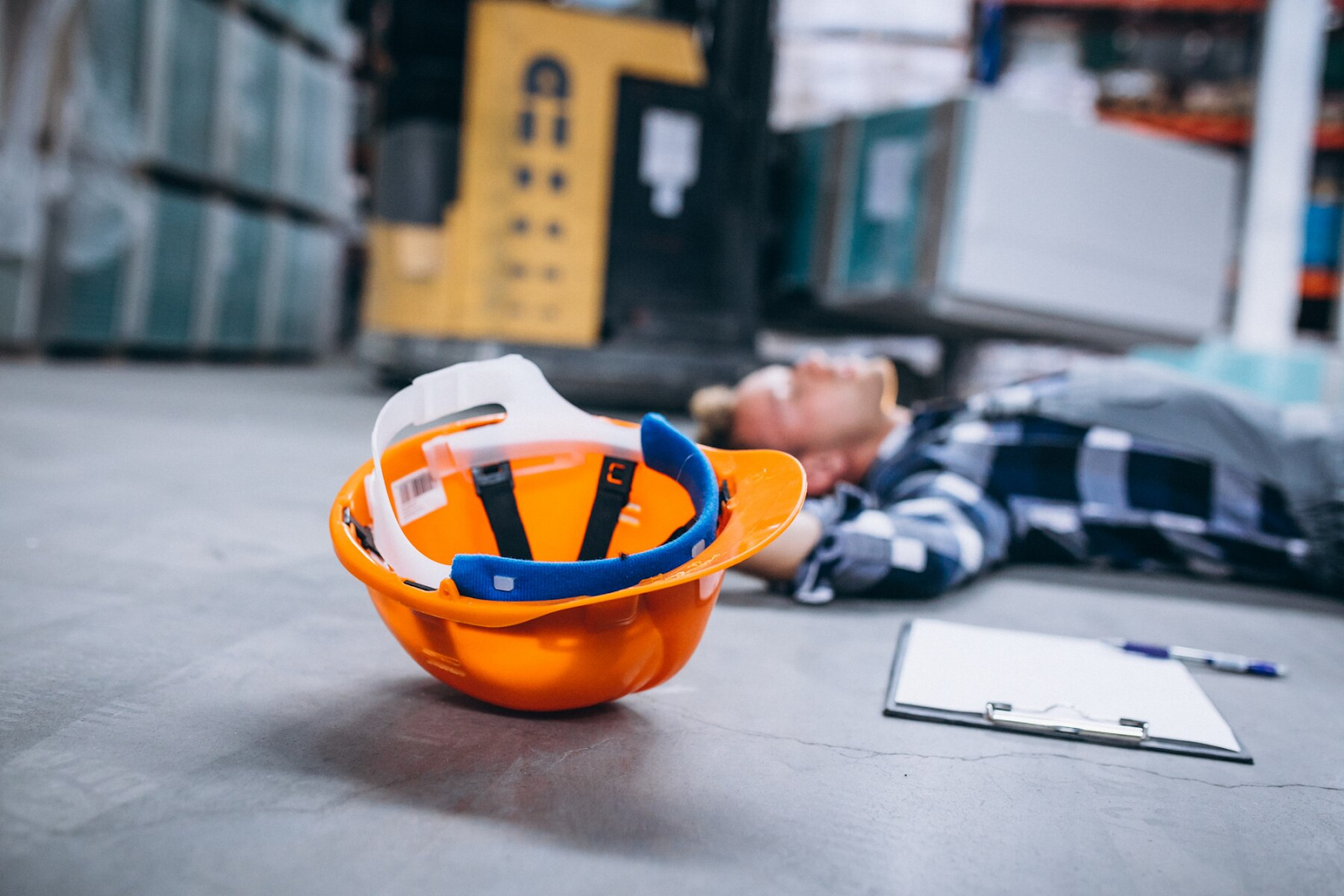
How to build a Culture of Zero Accidents?
Creating an environment free of workplace accidents isn’t simply a lofty goal; it’s an essential requirement. A culture of zero accidents doesn’t happen by chance; it requires a concerted effort from every level of an organization.
From top management to frontline workers, everyone plays a vital role in fostering a safe and secure workplace.
In this guide, we will explore the key strategies and practices that can help build and sustain a culture of zero accidents.
Understanding the Importance of Safety Culture:
Before diving into the specifics, it’s essential to grasp why a **safety culture** is paramount. Beyond regulatory compliance, fostering a safe environment boosts employee morale, productivity, and ultimately, the bottom line.
Moreover, it demonstrates a commitment to employee well-being, which is invaluable in today’s competitive job market.
Leadership Commitment and Involvement:
Building a culture of zero accidents starts at the top. Leadership must demonstrate a genuine commitment to safety through their actions and decisions. From allocating resources to safety initiatives to actively participating in safety meetings, leaders set the tone for the entire organization.
Clear Communication and Training:
Effective communication is the cornerstone of any successful safety program. Employees need to understand the importance of safety, relevant policies and procedures, and their roles in maintaining a safe workplace.
Regular training sessions, toolbox talks, and safety drills reinforce this message and equip employees with the knowledge and skills to identify and mitigate risks.
Empowering Employees:
Empowering employees to take ownership of safety is essential for building a culture of zero accidents. Encouraging them to report hazards, near misses, and safety concerns without fear of reprisal fosters a proactive approach to safety.
Recognizing and rewarding safety initiatives further reinforces this behavior, creating a positive feedback loop.
Implementing Safety Protocols and Controls:
Effective safety protocols and controls are the backbone of a zero accidents culture. Conducting thorough risk assessments, implementing engineering controls, and providing personal protective equipment (PPE) are critical steps in mitigating workplace hazards.
Regular inspections and audits ensure compliance with safety standards and identify areas for improvement.
Continuous Improvement and Evaluation:
Achieving and sustaining a culture of zero accidents is an ongoing process that requires continuous improvement. Regularly evaluating safety performance, soliciting feedback from employees, and conducting root cause analyses of incidents are essential components of this process.
Adjustments and enhancements to safety programs based on these insights ensure that the organization remains proactive and responsive to evolving risks.
Creating a Positive Safety Culture:
Beyond policies and procedures, building a culture of zero accidents requires fostering a positive safety culture. This involves promoting open communication, trust, and mutual respect among employees.
Encouraging teamwork and collaboration reinforces the collective responsibility for safety, creating a supportive environment where everyone looks out for each other.
Conclusion:
In conclusion, building a culture of zero accidents is not a one-time initiative but a continuous journey that requires commitment, collaboration, and constant vigilance.
By prioritizing safety, empowering employees, and fostering a positive safety culture, organizations can create workplaces where accidents are a rarity rather than a norm. Together, we can strive towards a future where every worker returns home safely at the end of the day.
Looking for expert guidance in enhancing your workplace safety practices? Contact VMS Consultants, the top structural consultant in Ahmedabad, today for comprehensive Engineering Architecture & Project Management Services tailored to your industry needs.
Let’s build a safer tomorrow together.





